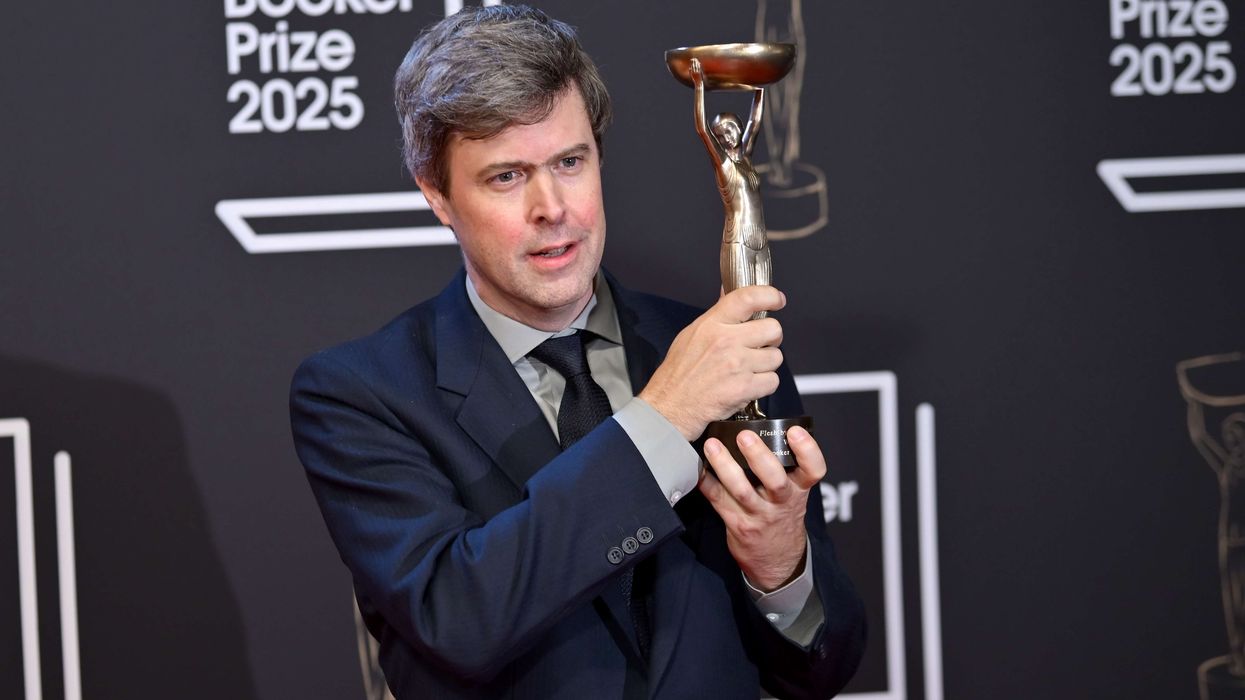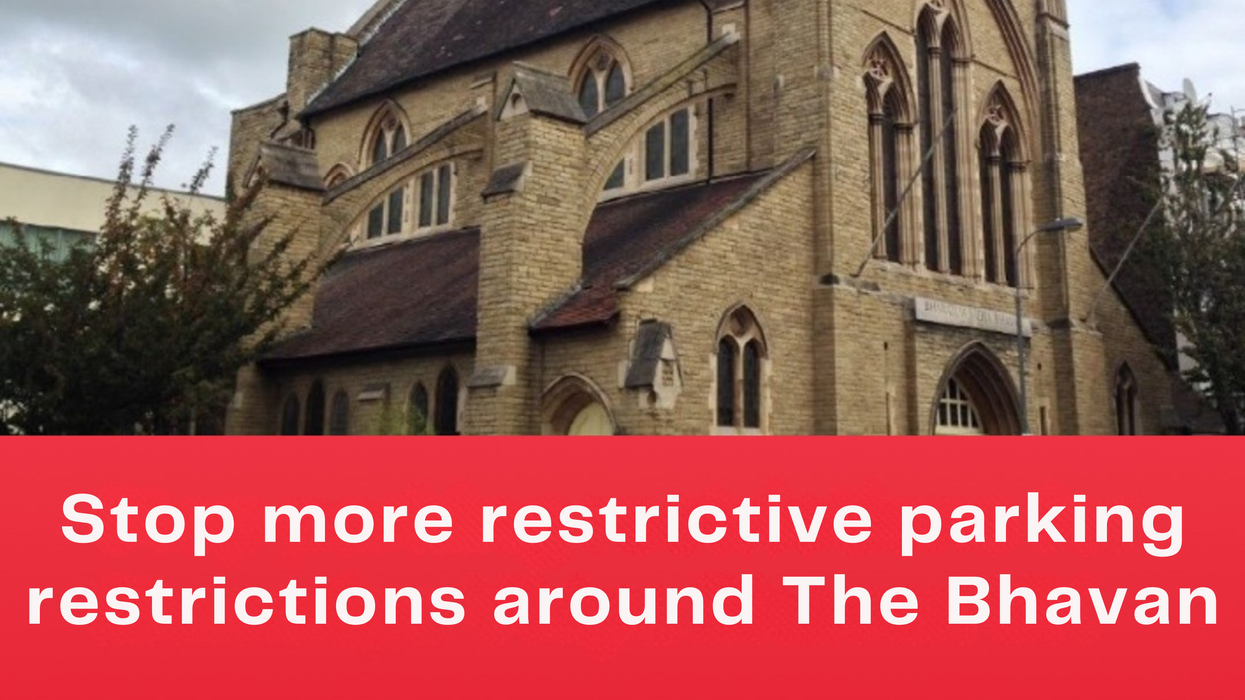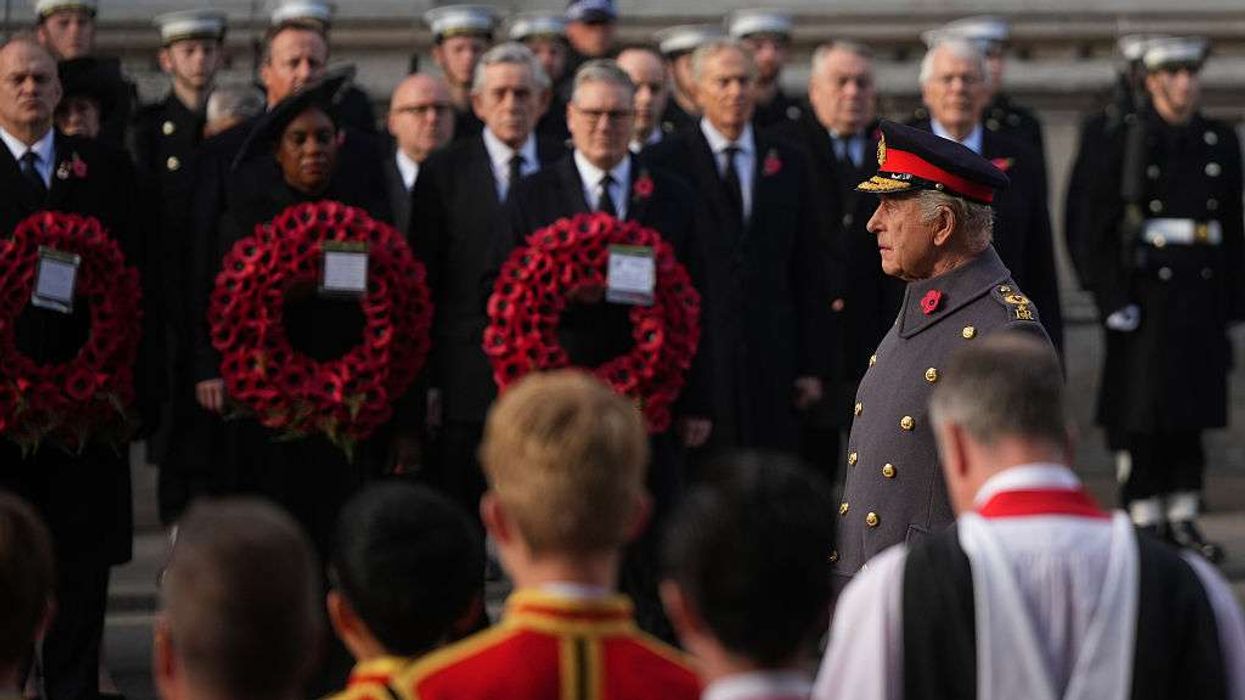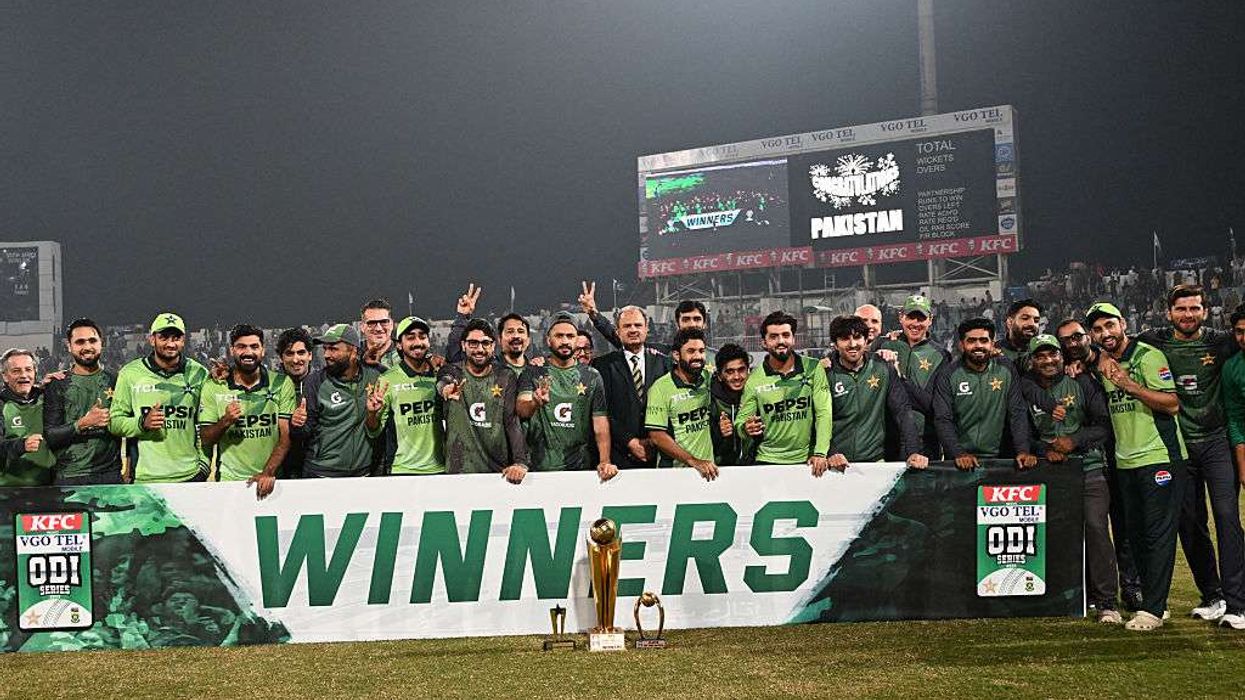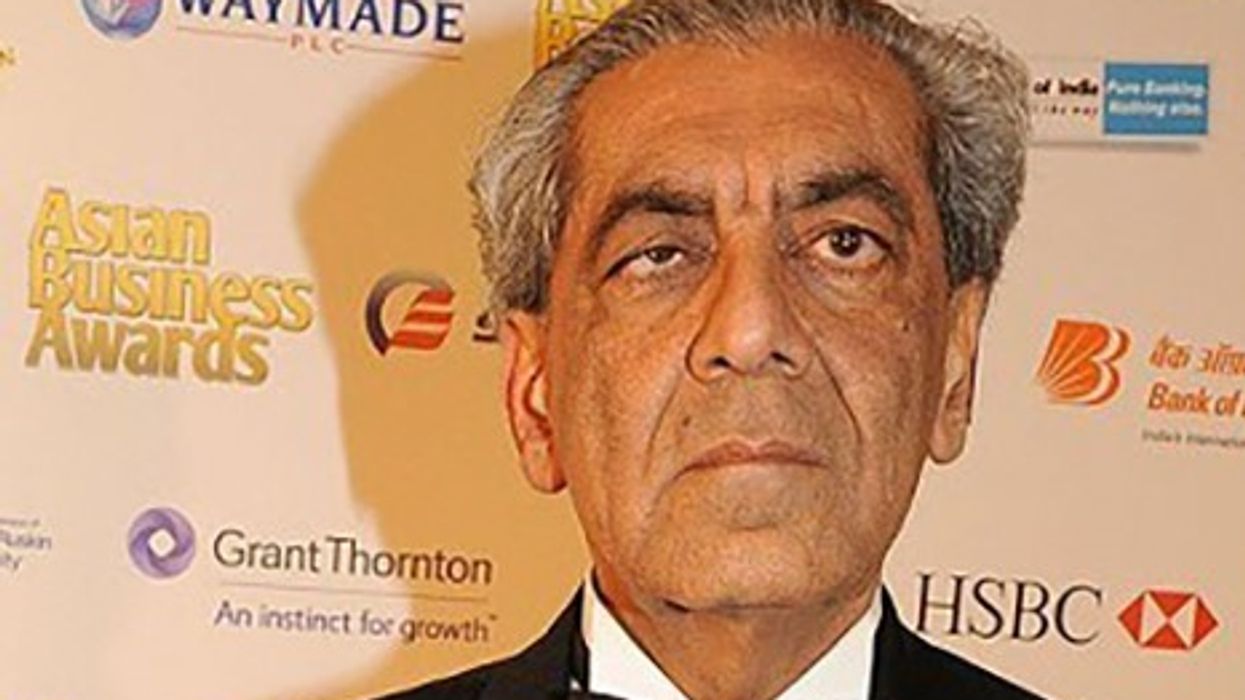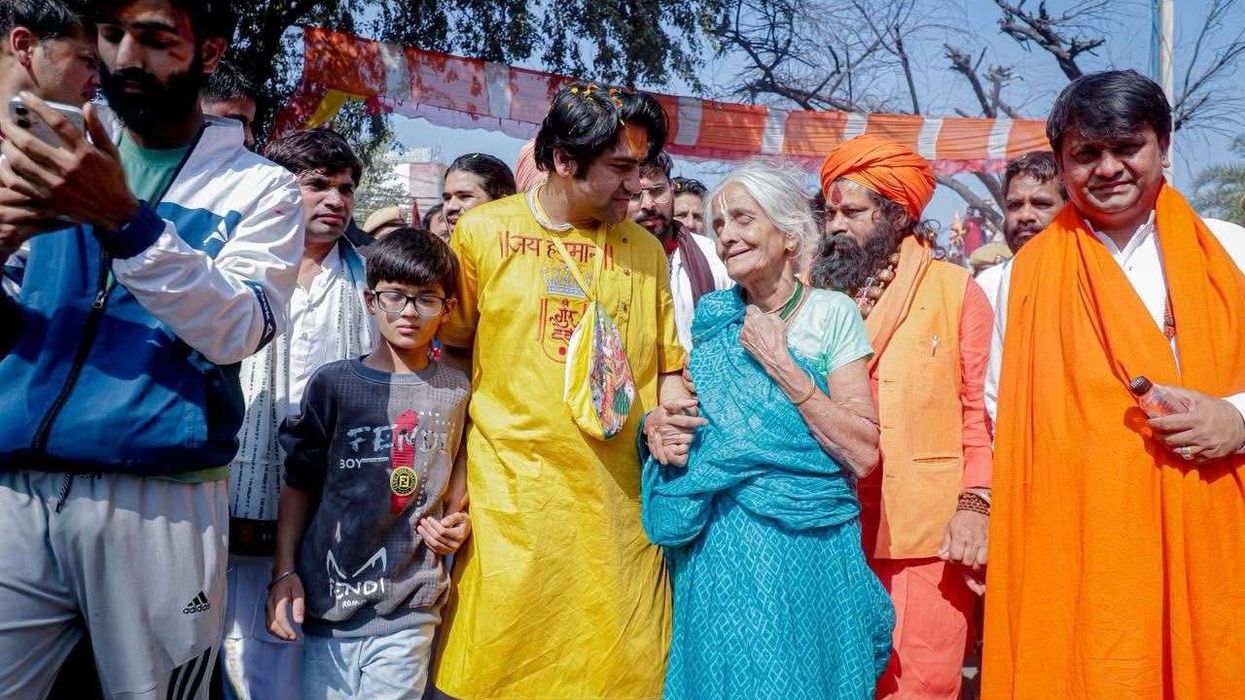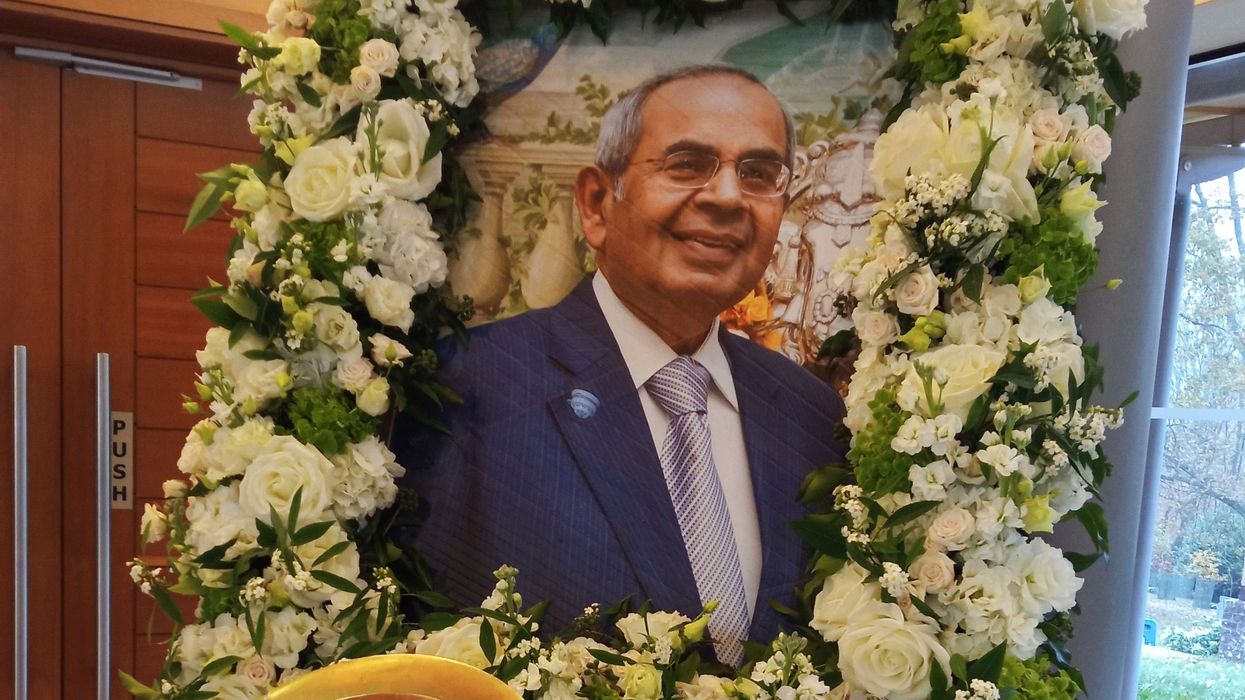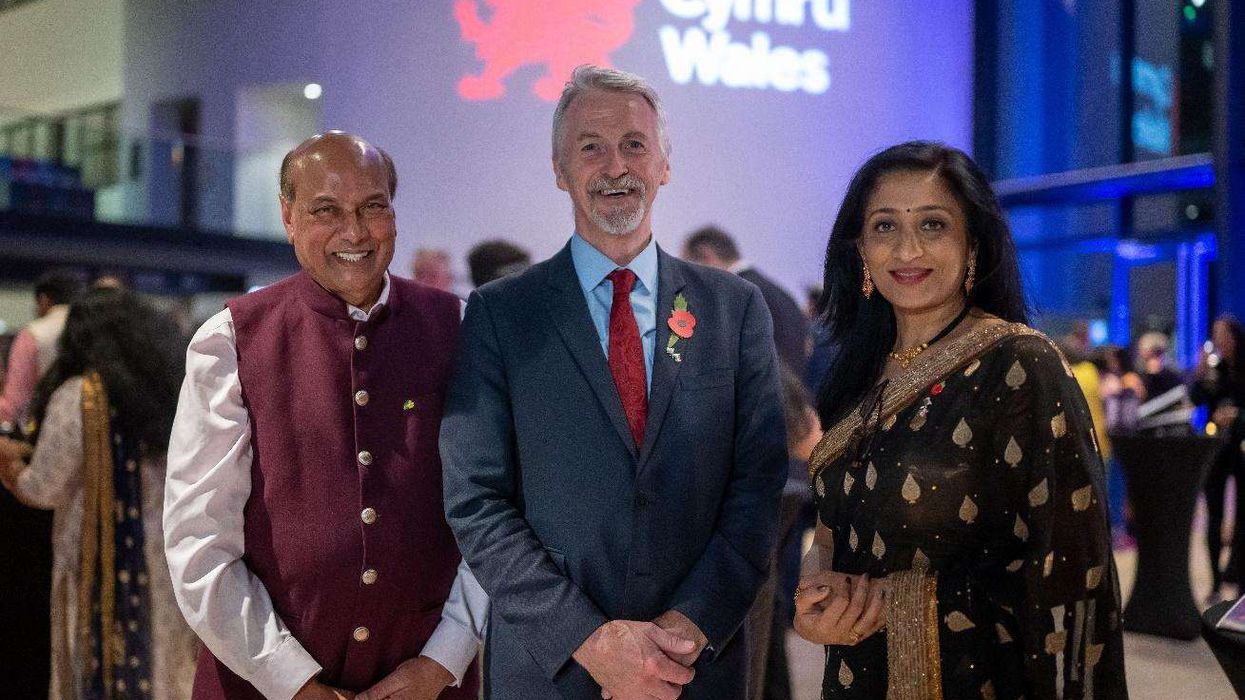Hundreds of Indian fans launched celebrations after their team held World Cup 2022 hosts Qatar to a goalless draw in Doha in a preliminary qualifying match for the flagship tournament.
But some of the sparkle of India's achievement Tuesday was lost following chaotic scenes as visiting fans struggled to enter the stadium.
There was jostling outside the South Stand around 10 minutes after kick-off when a crowd of several hundred Indian fans chanted and held up tickets while a phalanx of Qatari security held them back.
"What a shambles," said a British football fan who was also unable to enter the ground "even with a ticket".
"What a unique way to do it," he said, noting that his group's tickets had been issued without gate numbers.
Security officers had increasingly heated exchanges with fans stuck outside but able to clearly hear the drama unfolding inside.
Nearby, hundreds of others snaked around the car park.
At half-time a surge of several hundred Indian fans attempted to bypass security and ticket control and rush through two of the stadium gates.
The automatic doors were closed and the situation was brought quickly under control.
- 'Can't handle the crowd'? -
"If they can't handle the crowd they shouldn't give the tickets," said a 24-year-old Indian migrant worker who had a ticket and was refused entry.
"We are working day and night in the heat, we are paying our money and we have our tickets," he added, declining to be named as Qatari officials reinforced barriers around the area.
"If they are doing this at a (lower-profile) match, how will they handle a World Cup match?
"We all live here, if foreigners are here how will they handle it?"
Indians make up almost 22 percent of Qatar's population while Qataris are only 10.5 percent of the total, according to official statistics.
This led some Indian fans to complain that they were allocated just eight percent of tickets to Tuesday's game -- the minimum quota permitted by international football rules.
The 15,000-capacity Jassim Bin Hamad Stadium will not be used for the World Cup in 2022.
FIFA, contacted by AFP, referred questions to the Qatar Football Association who did not respond to requests for comment.
"It's a bit of a disaster," said another British football fan based in Qatar who had travelled to Doha's western suburb of Al Sadd to watch the match.
Despite the disappointment of Indian fans forced to watch the action on a screen set up in the car park, there were jubilant scenes inside the stadium following the upset draw.
Away fans chanted in unison and waved India's tricolour flag as the team toured the ground that is home to Qatar's domestic Al Sadd team.
India coach Igor Stimac highlighted the gulf between his team's modest facilities and the lavish infrastructure enjoyed by Qatar as he warned his players to keep their heads down following the surprise result.
"We have two stopwatches and lots of willingness to learn everyday," he said at the post-match press briefing.
The area around the stadium was quiet following the match however with the crowd dispersing quickly and calmly.
